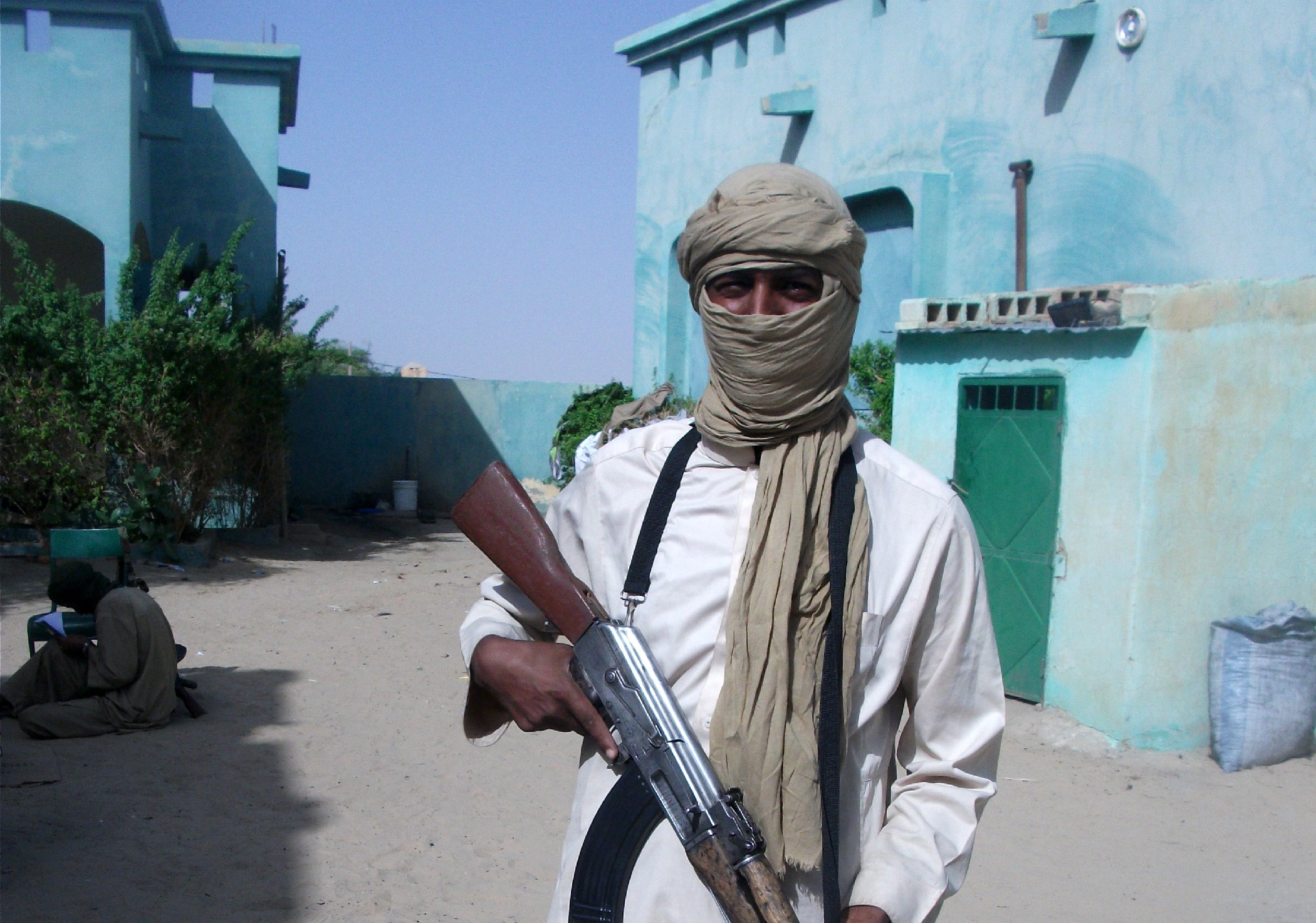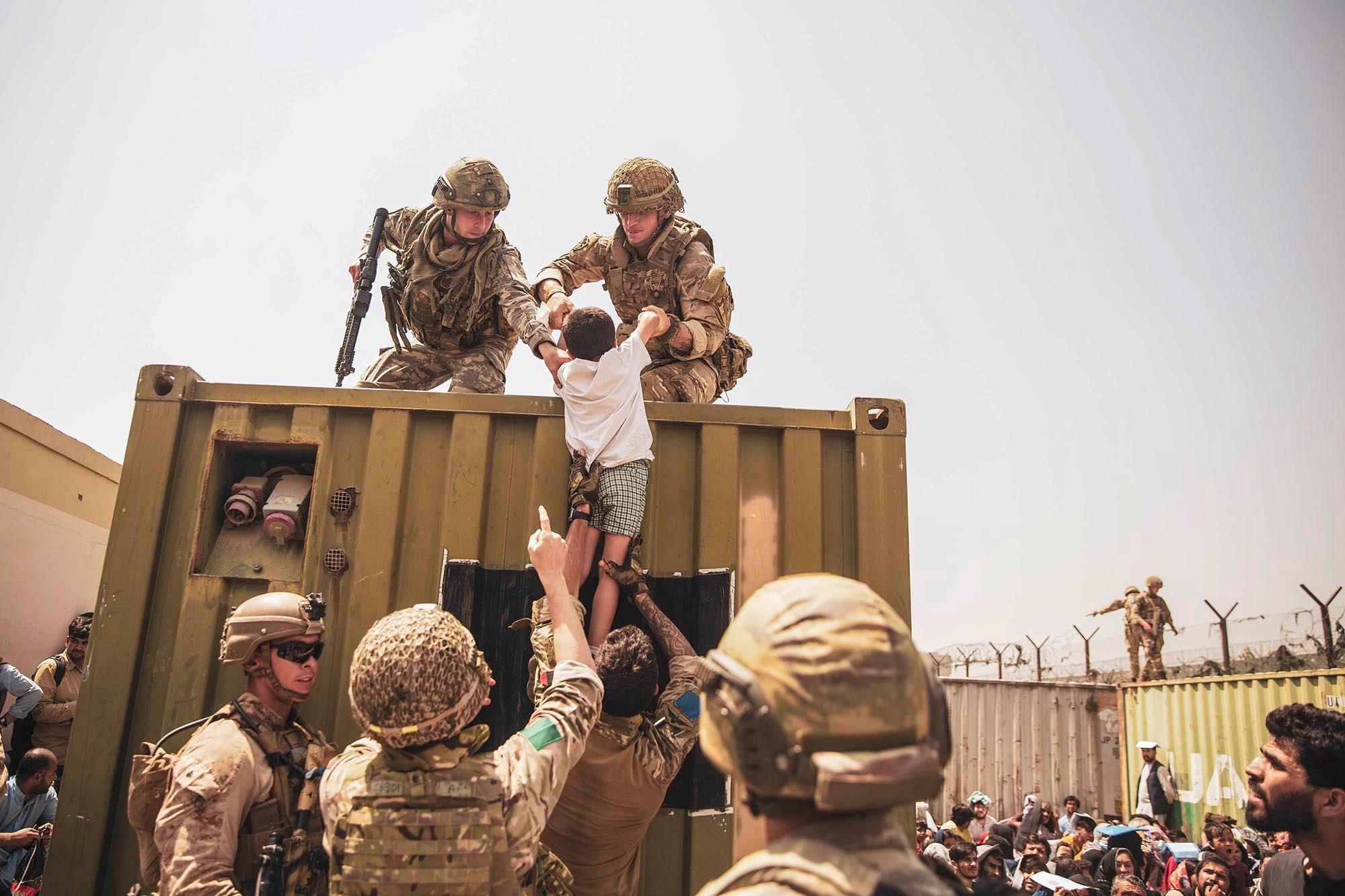Based on the thread initiated by Fidato (tequieremos), we are presenting the subject matter in its more expansive format. Enjoy reading!
The mastermind of the 9/11 attacks, Osama bin Laden, was killed in Abbottabad on May 2nd, 2011. The operation was called “Neptune Spear” and was carried out by the United States Navy Seals. OBL’s compound was located near the Pakistan Military Academy. The killing of Osama bin Ladin has been made the Pakistani Achilles’ heel despite the fact that it was the effective intelligence sharing of Pakistan’s Inter-Services Intelligence (ISI) with the United States Central Intelligence Agency (CIA) which led to the whereabouts of bin Laden.
A few important facts are shared below which must be kept in mind.
Effective intelligence sharing by ISI and CIA
ISI had been sharing information with the CIA about the target compound of OBL since 2009. ISI shared the data of surveillance of mobile numbers of two Kuwaiti brothers who were couriers between the Al Qaeda leadership. The brothers identified were Abu Ahmed Al-Kuwaiti and Tariq. In Feb 2011, when ISI captured Umer Patek alias Jaffer Alawi also known as Hisyamein Alazein (of Kuwaiti origin), they requested satellite surveillance by the CIA of the house, at “Pathan House” in Bilal town, as they were tracking the movement of Abu Ahmed but CIA did not share this information as they had zeroed in on the house where bin Ladin was staying with Abu Ahmed Al-Kuwaiti and Tariq. This data led to the whereabouts of Osama.
If ISI was protecting bin Laden, then why would they share all this data with the CIA?
All the phone conversations were captured by the United States and they reached the conclusion that Pakistan did not know about OBL. If they had an iota of doubt, they would have blamed Pakistan like they always did on Pakistan’s alleged support for the Haqqani Network despite the fact that only 10% of the attacks in Afghanistan were carried out by Haqqanis and 90% from fighters within Afghanistan. This figure was endorsed by General Stanley McChrystal, former ISAF commander, in a meeting with General Kayani and President Karzai.
When General Kayani was informed that a helicopter had crashed in Abbottabad, he gave an executive order to Air Chief, ACM Rao Suleiman Qamar, within 5 minutes to scramble F-16s and anything that is coming in or out, shoot them down. But by that time all US aircraft had left.
When President Obama called President Zardari, he thanked the Pakistanis for providing the initial clues. Those clues were the transcripts of wiretaps of conversations in Arabic between someone in Nowshera and later Peshawar, Waziristan, and finally the bin Laden compound.
Was Pakistan Hiding Osama bin Laden?
The US helicopters entered Pakistani airspace using blind spots in the radar coverage due to the hilly terrain. This undetected flight was facilitated by the mountainous terrain, efficacious use of the latest technology, and ‘nap of earth’ flying techniques. Though it was an intelligence failure on Pakistan’s side, it happens everywhere. How many times has the CIA failed? Wasn’t 9/11 a security lapse? There have been more than 85 attacks in the US since 9/11.
ISI’s achievements against Al-Qaeda are more than any other agency in the world. ISI dismantled Al-Qaeda by arresting its leaders including 750 operatives. Abu Zubaida, Abu Nasim, Ramzi, Khalid Shiekh, Abu Musab, and Yasir Al-Jaziri are a few of the names. What could be the possible reason for hiding OBL?
Bette Dam has revealed in her book “The Secret Life of Mullah Omar” that Omar was hiding 3 miles from a major US Forward Operating Base in Zabul. She spent 5 years in research. Does that mean the US was supporting Omar? Obviously not, the same goes for Pakistan in OBL’s case.
Missed chances or Something else?
When the US launched a naval expeditionary force designated Task Force 58 in Afghanistan after 9/11, its commander Brigadier General James Mattis whose call sign for the Afghan invasion was “Chaos”, was informed that bin Laden had retreated into Tora Bora in 2002. Mattis planned to encircle bin Laden in Tora Bora and then tightened the nose to capture him just like the approach in Geronimo campaign in 1886 but surprisingly he was told by the higher command to drop the plan.
It took CIA another ten years to eliminate bin Laden along with billions of dollars of expenditure on a never-ending war with thousands of Pakistani, Afghan and American casualties. Why was Mattis’s plan not accepted, Isn’t this a strategic/intelligence failure?






